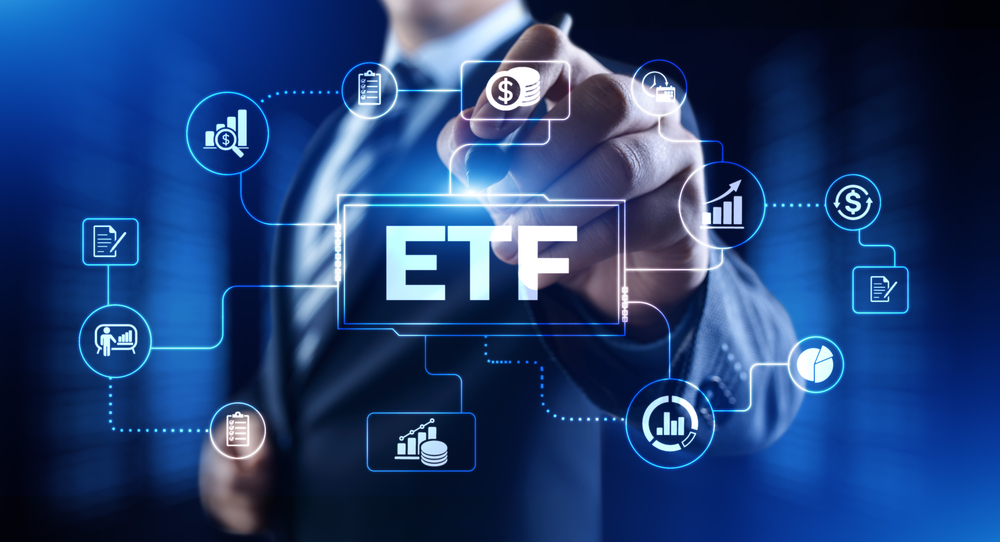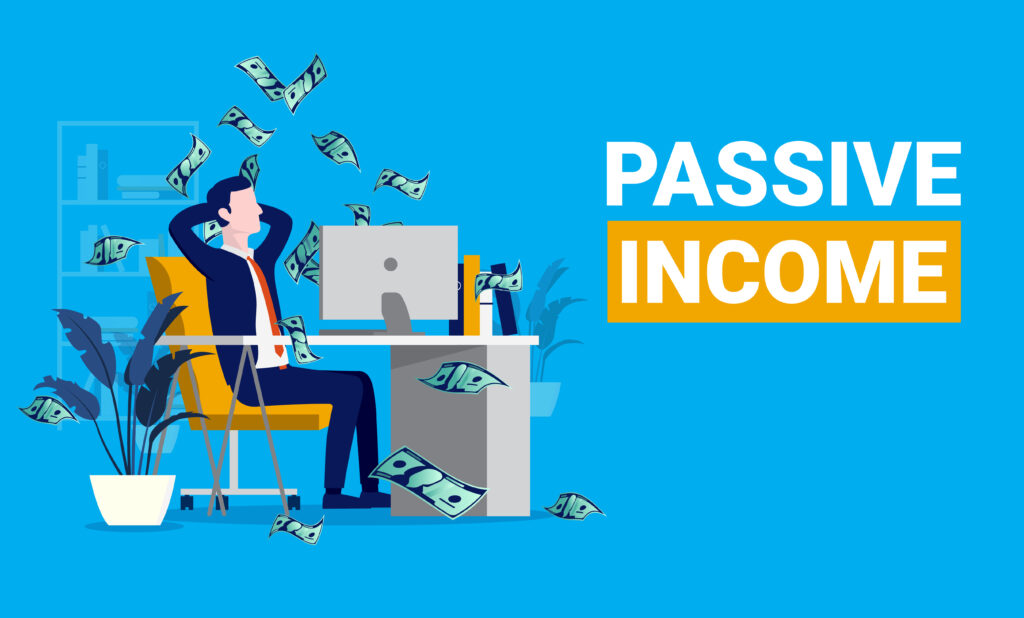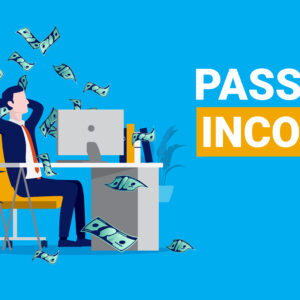What is premium financing?
Premium financing refers to the purchase of a cash value insurance product, typically a single premium insurance policy, through bank loans.
For example, there is an insurance policy that charges a single up-front premium payment of HK$2 million. After 10 years, the cash value of this policy is expected to increase to HK$3 million, with a net profit of HK$1 million. If someone is interested in the policy but does not want to spend HK$2 million in cash, he can apply to the bank for a loan to pay for the policy. Since premium financed policies have high day-1 surrender values, banks are willing to use the policies as collateral to issue low-interest loans. Assuming that a bank is willing to issue a HK$1.5 million loan, this person can buy a HK$2 million policy for HK$500,000, multiply the return through leverage and earn a potential return of HK$1 million over 10 years. The situation is similar to applying for a mortgage to buy a house, whereby the buyer only needs to pay the down payment and apply to the bank for a mortgage loan for the balance.
Not all policies qualify for premium financing. Generally, the following conditions must be met:
- A single premium insurance policy
- High day-1 surrender value, usually 80% or higher
- A policy issued by a high-rated insurance company
What is the purpose of premium financing?
The main purpose of premium financing is to leverage low interest rates to multiply returns, and policyholders can retain their own funds for other purposes, providing greater cash flow control and liquidity.
To illustrate with the above example, the single up-front premium payment is HK$2 million, the cash value is expected to grow to HK$3 million after 10 years, the total return would be 50% without leverage, and the compound annual return would be about 4%.
If premium finance is utilized, assuming the loan ratio is 75%, the policyholder only needs to pay HK$500,000 for the down payment, and the bank loan is HK$1.5 million. In this case, the profit would also be HK$1 million but on a principal of only HK$500,000, and the total return before interest would be 200%. Of course, it is unreasonable to neglect calculating the return on interest (by the way, it seems that the return on a property investment is also determined without calculating the interest cost).
Assuming that the annual interest rate of the loan is 2%, the annual interest expense would be HK$30,000, then the total interest expense for 10 years would be HK$300,000, the net profit would be HK$700,000, the net profit margin would be 140% of the principal, and the IRR would be 7.6%, which is much higher than the original rate of return.
On the contrary, if you don’t utilize premium financing and purchase the same policy with HK$500,000, the net profit would only be HK$250,000.
To keep things simple, the above example does not account for interest rate hikes. Readers should consider different scenarios, including rate hikes, before deciding whether this approach is right for them. You can also seek the advice of a professional financial advisor if necessary.
Benefits of Premium Financing
Higher returns for lower stakes
You can put out less cash for a bigger policy to generate a higher return. What’s more, the policy has a guaranteed return, meaning that the policy value will only rise and not fall, and you can obtain a higher return through leverage under relatively manageable risks.
Increased flexibility in cash flow
Premium financing allows you to free up cash flow for other purposes, such as other investments or expenses.
Not required to repay the principal
During the loan term, you pay interest without having to repay the principal, thus putting you under less financial stress.
High-yield current account
Some banks offer high-interest current accounts similar to mortgage link. If you have idle money, you can earn a higher interest rate and reduce the amount of loan interest you’re charged.
Simple application process
Compared to property investment, the application process for premium financing is simpler and does not require a lawyer. It also incurs fewer fees, such as property stamp duty, etc. However, since it’s not required to consult a professional lawyer, investors should have a clear understanding of what they’re getting into before making a decision. If in doubt, they should consult a professional and experienced financial advisor to avoid buying unsuitable products or even suffering losses due to inadequate knowledge.
Risks of Premium Financing & Things to Pay Attention to
Risks associated with the returns
- Higher lending rates increase borrowing costs and reduce overall investment returns
There may be exchange rate risk if the policy currency and loan currency are different
Some returns are not guaranteed, thus falling short of expectations
Risks associated with the loan
- The insurance company’s credit rating may affect your loan arrangements
- The loan provided by the bank has a term, and it may not be renewed after the loan expires. Make sure that your funds are sufficiently flexible.
- Some banks refer to the lender’s TU (credit report), which may also affect future loan applications
Why are banks willing to provide premium financing loans to policy applicants?
The core activity of banks is offering loans. As long as the loans comply with risk management rules and the bank has sufficient funds, banks are willing to offer more loans. In fact, the practice of premium financing has existed in the financial markets for a long time, but in the past, only private banks or high-end clients could utilize such services. In the past, retail banks mainly engaged in mortgage loan business. However, in recent years, due to surge in non-operating bank deposits, ultra-low interest rates, and fierce competition in traditional mortgage business, more and more retail banks are offering premium financing services, which has also lowered the barrier to entry.
Process for Applying for Premium Financing
Step 1: First, submit a life insurance application to the insurance company
Step 2: Apply for a loan from the bank
Step 3: Submit required documentation and deposit the first premium into the bank
Step 4: Wait for loan approval (generally takes about a month’s time)
Once the loan has been approved, the bank will deposit the entire premium (the first premium + bank loan) directly into the bank account of the insurance company. After the insurance company has collected all the premiums and completed the underwriting, it will issue the policy and hand over the original policy to the bank as a collateral. The entire premium financing application is then completed, and all the policy applicant has to do is make timely payments.
Premium Financing FAQs
The Prime Rate is the basic loan interest rate that banks give to customers with the best credit quality. The Hong Kong Interbank Offered Rate (HIBOR) is the benchmark interest rate that lenders and borrowers use for interbank lending in the Hong Kong market. The Prime Rate is generally more stable but higher than HIBOR.
Generally, the net annual rate of return for policies that are available for premium financing is around 3.5% – 4%.
Compared with HIBOR, the Prime Rate is more stable. After the 2008 financial tsunami, the United States has implemented quantitative easing (QE) programs, leading to excessive global liquidity. The Prime Rate in Hong Kong has been kept low. Even with the US rate hike in 2015, Hong Kong banks only raised the Prime Rate by 0.125% in 2018. Some banks’ HIBOR plans provide an interest rate cap based on the Prime Rate to reduce the impact of interest rate volatility on investment returns.






